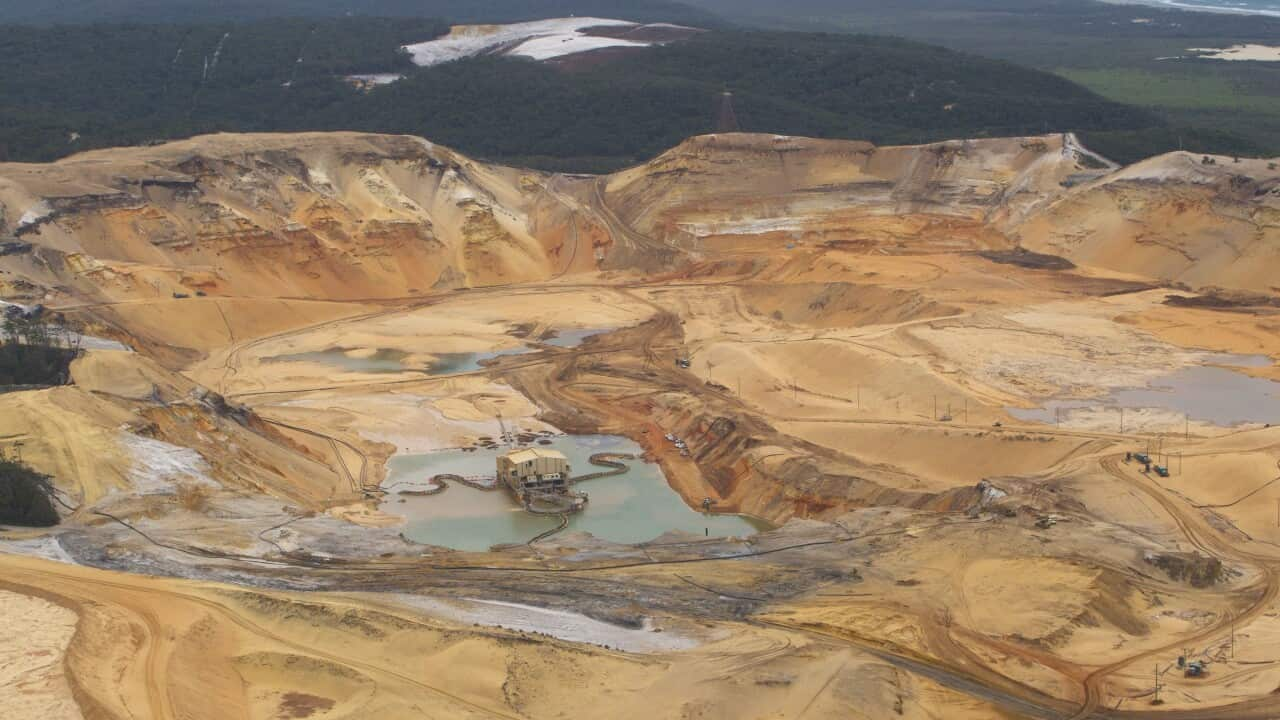Rickety boats bob about on a murky creek just outside Mumbai, from where men risk their lives to illegally dive for sand.
They work in the black waters of Vasai Creek where untreated chemicals and industrial waste float, and at times the corpses of fellow workers.
Sandeep Khakha fetches between 250 and 300 buckets of sand a day, which are unloaded onto a boat.
"It is all dark inside the water. I have to judge where the sand is with my leg. I then get a grip in the sand with my feet and press the bucket into the sand to fill it. And then I pull the bucket out. I wait five seconds and go back," he said.
There are no official records of how many men lose their lives, but the miners themselves speak of death as commonplace.
Khakha said he knows of two divers who were killed last year.
Radhesyam Sahni, who travels from Uttar Pradesh to carry out this dangerous work said he had seen at least five deaths.
Others describe the pain they are in after a day's diving.
"My head started hurting. Blood started coming out of my ear and nose. My chest started hurting. After coming out from the water within 15 to 20 minutes of sitting on the boat in the sun my head would spin," said Lakshman Dabu Bhore.
The hundreds of boats in the creek mean the divers only learn of a death when the body of a drowned diver floats to the surface a day or two after disappearing.
Although there is no official data, studies estimate illegal extraction of sand in India generates about 150 million US dollars a year.
The manually mined sand by cheap labourers is a much smaller business than the sand mined legally by suction pumps.
But the high demand for sand, a key building material, in a nation of 1.3 billion people with fast growing cities and a construction boom makes it a lucrative business.
Divers are willing to take the risk as they make about 1,000 Indian rupees (19.5 AUD) for a boat-full of sand and gravel.
It's a wage that is much higher than the average daily wage of about 270 rupees.
Share



